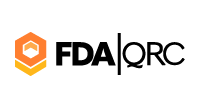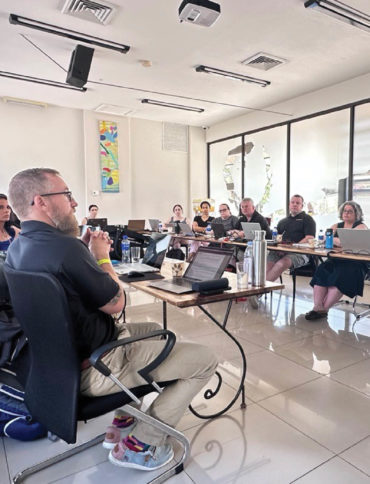For cause, or not for cause… that is the question. The FDA conducts three (3) types of inspections of sponsors of FDA-regulated products and devices; a inspection once a company submits a new application to market a new product, routine inspections of a regulated entity, and “for-cause” inspections to investigate issues that have come to FDA’s attention. The purpose of all three (3) is to verify compliance with relevant regulations.
for a “for cause” audit include:
- Specific complaints to the FDA
- Concerns about Stakeholders involved in the research process
- Significant issues or termination identified during research activities
- Multiple deviations
- FDA identified events of special interest

















